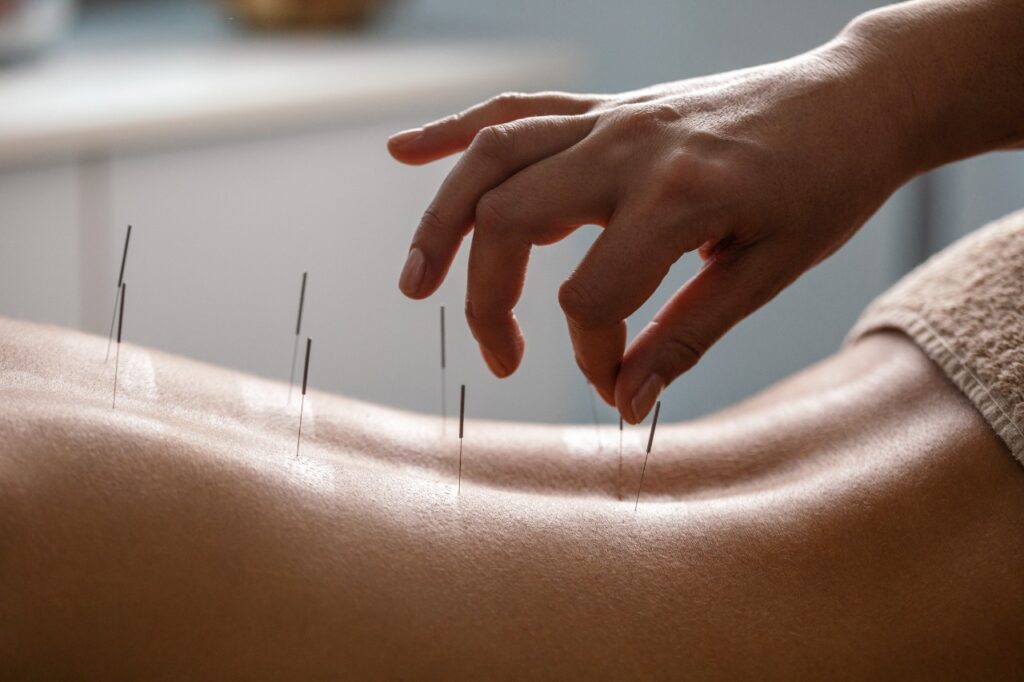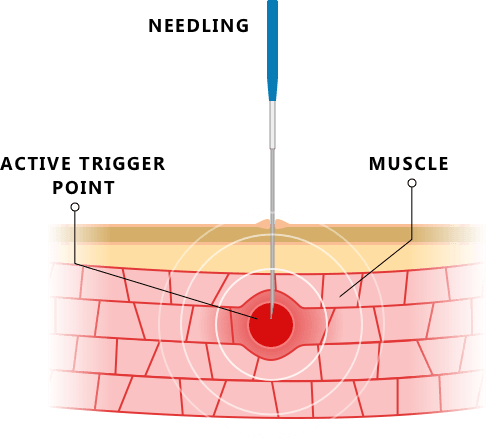Acupuncture’s significance in addressing orthopedic pain
Orthopedic pain can significantly impact daily life, hindering mobility and diminishing overall well-being. While traditional approaches like medication and physical therapy are common, acupuncture offers an alternative method for managing orthopedic pain. In this article, we’ll explore the effectiveness of acupuncture in orthopedic pain management and how it can complement existing treatments.

Introduction to Acupuncture in Orthopedic Care
Acupuncture is an ancient Chinese practice that involves inserting thin needles into specific points on the body to stimulate energy flow and promote healing. While initially met with skepticism in Western medicine, acupuncture has gained recognition as a complementary therapy for various conditions, including orthopedic pain.
How Acupuncture Helps with Pain Management
Acupuncture works by stimulating the body’s nervous system, triggering the release of endorphins and other neurotransmitters that help alleviate pain. Additionally, acupuncture promotes blood circulation to injured or affected areas, aiding in the repair and regeneration of tissues.

Acupuncture Mechanism of Action in Pain Relief
The mechanism of action behind acupuncture’s pain-relieving effects is multifaceted. By targeting acupuncture points associated with pain pathways, acupuncture interrupts pain signals, reducing the perception of discomfort. Furthermore, acupuncture promotes the body’s natural anti-inflammatory response, reducing swelling and inflammation in affected areas.
The Role of Acupuncture in Orthopedic Care
In orthopedic care, acupuncture serves as a valuable adjunct therapy for managing various musculoskeletal conditions, including:
- Back Pain: Acupuncture can provide relief for individuals suffering from chronic back pain, including conditions like herniated discs and sciatica. By targeting specific acupuncture points along the spine, acupuncture helps alleviate muscle tension and improve spinal alignment.
- Joint Pain: Whether due to arthritis, tendonitis, or injury, joint pain can significantly impair mobility and function. Acupuncture offers a non-invasive approach to managing joint pain by reducing inflammation, promoting tissue healing, and restoring joint mobility.
- Neck Pain: Acupuncture is also effective in relieving neck pain and stiffness caused by poor posture, muscle strain, or underlying conditions like cervical spondylosis. By targeting acupuncture points in the neck and shoulders, acupuncture helps relax tense muscles and improve range of motion.
- Sports Injuries: Athletes often turn to acupuncture to accelerate recovery from sports-related injuries such as sprains, strains, and tendonitis. Acupuncture aids in pain management, reduces swelling, and speeds up the healing process, allowing athletes to return to training and competition more quickly.
- Osteoarthritis: Acupuncture has shown promising results in alleviating symptoms of osteoarthritis, including joint pain, stiffness, and swelling. By targeting acupuncture points associated with affected joints, acupuncture helps improve joint function and reduce the need for pain medication.

Conclusion
Acupuncture offers a holistic approach to orthopedic pain management, addressing both the physical and emotional aspects of pain. As part of a comprehensive treatment plan, acupuncture can provide significant relief for individuals struggling with orthopedic conditions. By understanding the role of acupuncture in pain relief and incorporating it into orthopedic care, patients can experience improved quality of life and enhanced well-being.
Know More About The Role of Acupuncture in Pain Management
